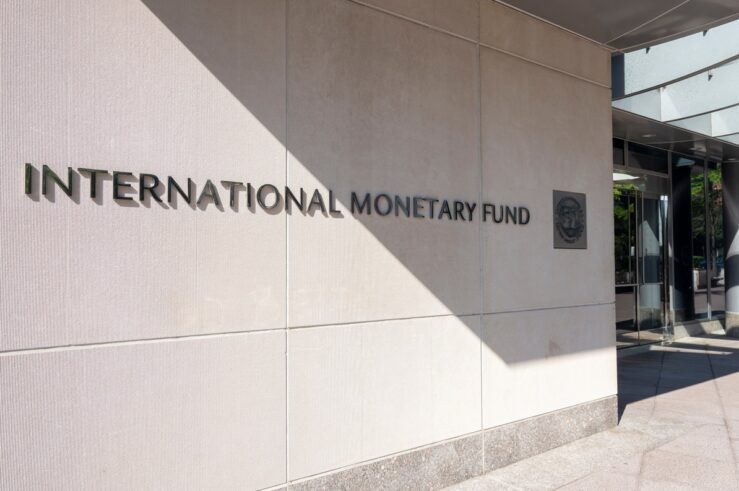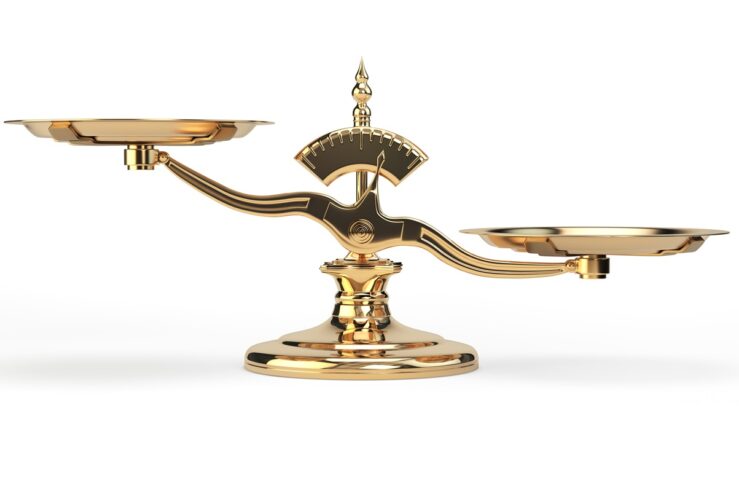The New York Times set hearts aflutter in the IP world yesterday with its hit piece on patents in the high-tech industry– I’m shocked, shocked to find the New York Times publishing biased articles on hot topics in politics and law — but Bloomberg also published an important article yesterday on the smart phone war, software patents and other topics raised by today’s so-called patent litigation crisis: Apple Phone Patent War Like Sewing Machine Minus Violence.
The Bloomberg article provides some much-needed perspective on the smart phone war, software patents, and other topics in what conventional wisdom today is painting in broad strokes as “Patents Gone Wild! (Special Geek Version!)”
Here’s a great snippet from the Bloomberg article:
In recent years, there have been fights over diapers, air fresheners, oil drilling equipment, and one over heart devices that has lasted more than a decade. None of those got the attention that’s being given to the smartphone wars, which have become fodder for late-night comedians or magazine covers. Still, the public interest isn’t unprecedented: patent battles were front-page news a century ago.
As bloggers are wont to say: Read the whole thing.
Even better from my self-promoting perspective, the Bloomberg reporter tracked me down and asked me about my research into the Sewing Machine War of the 1850s, and she has some nice quotes from me about the lessons we can learn from this first patent war.
In fact, I have another small contribution to make to the Bloomberg article’s important historical perspective on the current hue and cry over the patent system. In my article on the Sewing Machine War, I quote a lot from old articles in Scientific American that I found in my historical research. Some of the observations in these ancient Scientific American articles could very well have been published yesterday, which belies the tread-worn cliche (repeated in the New York Times article) that the patent system is experiencing all of these allegedly new problems today. In 1854, for instance, when Scientific American sensed the imminent explosion of the Sewing Machine War, it bemoaned that it is “to be regretted, namely, that whenever a patent becomes valuable, there seems to be no end, at least, for some time, to the troubles of the real benefactor—the one who has rendered it a public benefit.”
Scientific American had reason to complain, because the year before it covered Walter Hunt’s much-publicized challenge to Elias Howe’s patent on the lockstitch, a challenge that was exposed a few years later as being completely supported and bankrolled by the Singer Sewing Machine Co. So, in 1853, when Hunt published lengthy newspaper advertisements, such as in the New York Daily Tribune, accusing Howe of being a pretender to the throne in first inventing the lockstitch, Scientific American leapt to Howe’s defense, “in order that the ear of the public may not be used as a kettle drum on which to beat the loudest tones for personal purposes.”
We may continue to hope that “the public may not be used as a kettle drum on which to be beat the loudest tones for personal purposes,” but, as the New York Times made clear yesterday, some things never change — in 1853 or in 2012.




